The students received $5,000 scholarships and will attend AIHce 2014 courtesy of the 3M Personal Safety Division.
San Antonio's Henry B. Gonzalez Convention Center is the site for AIHce 2014, the year's best industrial hygiene conference.
Many states provide this protection to engineers and architects. Industrial hygienists and other safety and health professionals should have it, as well.
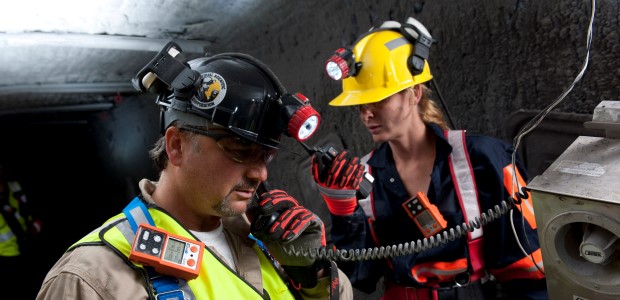
Your team's safety depends on selecting the right correlation factor, calibration gas, and LEL sensor for your application.

San Antonio features gorgeous botanical gardens; restaurants, bars, and galleries along the famed River Walk; SeaWorld San Antonio; Six Flags Fiesta Texas; and a wax museum.
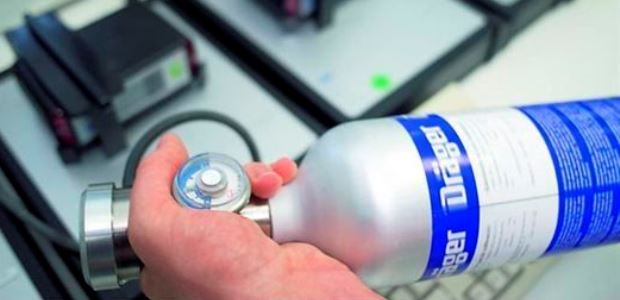
Integrating devices with fast response times into your gas detection toolkit contributes to a stronger safety culture.
The alliance aims to reduce Atlanta-area construction workers' exposure to respirable crystalline silica.
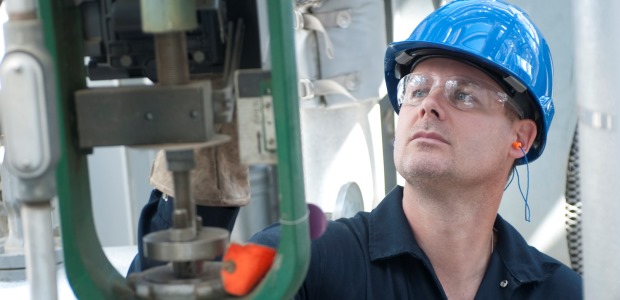
Regularly looking at data that tells how gas monitors are being used can show where there may be gaps in training and where there may need to be policy changes that lead to safer work practices.
Great Dane Limited Partnership is cited by OSHA for repeat violations.
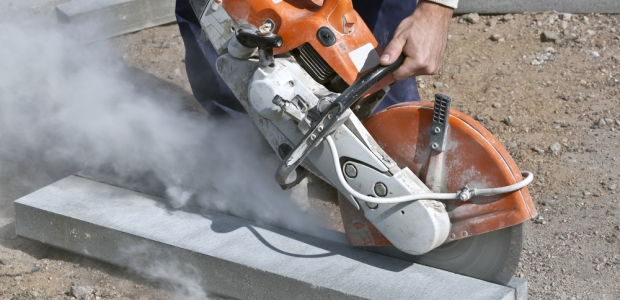
NIOSH published "Criteria for a Recommended Standard: Occupational Exposure to Crystalline Silica" in 1974, recommending there that same exposure limit OSHA has proposed -- 50 micrograms per cubic meter (μg/m3).
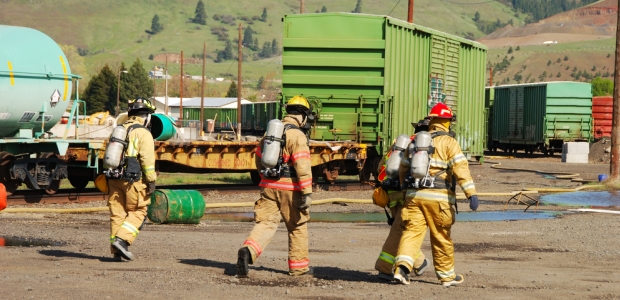
Even with the best standard operating procedures, spills can still happen--often when they are least expected.
The American Industrial Hygiene Association announced its bid to bring the conference to the nation's capital in October 2018 has succeeded.
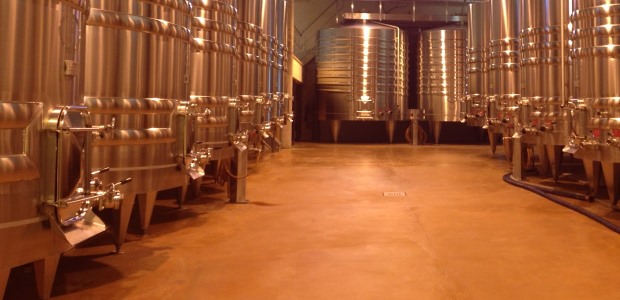
The agency posted a Hazard Alert that says its inspections "have revealed serious deficiencies in some of the procedures used in tank entry."
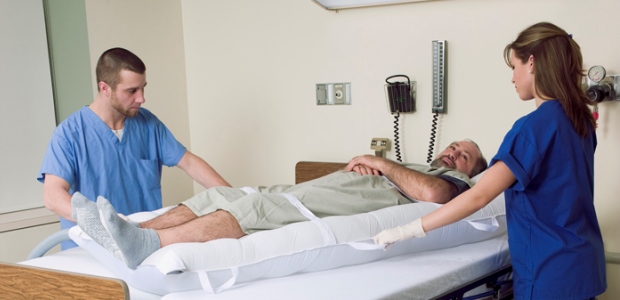
These are the three of the top issues likely to be on states’ legislative and regulatory agendas this year, according to AIHA government affairs Director Aaron Trippler's forecast.
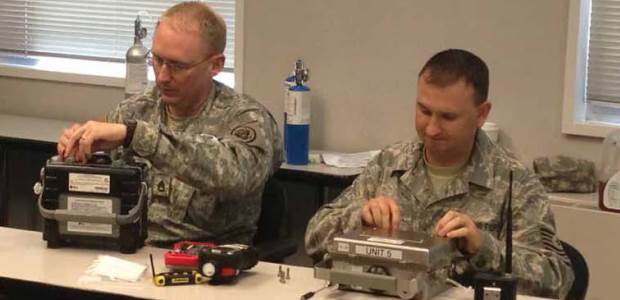
A detector that is properly calibrated and maintained provides an accurate reading and results in smoother operation and reduced downtime.
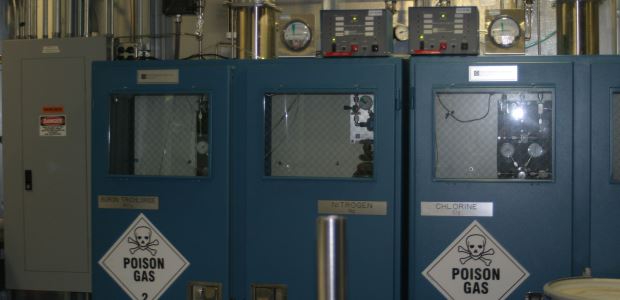
With a wireless connection, more eyes can monitor underground work and other potentially dangerous work situations.
This new interim policy means that a chronic toxic effect could occur across a 24 hour period of time and any average 24-hour exposure measurement above the RfC is cause for prompt action. This is unprecedented and scientifically indefensible.
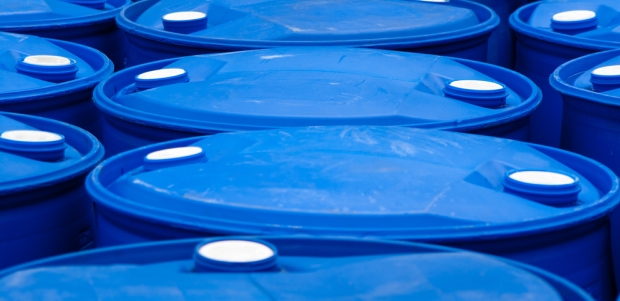
Here's what OSHA's Dec. 1, 2013, training deadline should mean to you.
Dräger and the American Society of Safety Engineers conducted the survey to find out how many in the industry know about the new exposure limits recommended by ACGIH.
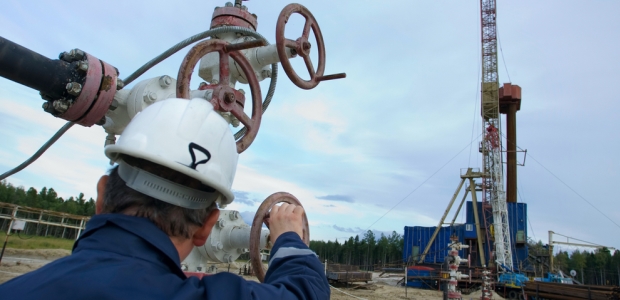
Commitment to safe practices is required to optimize the protection that advanced technology affords workers.